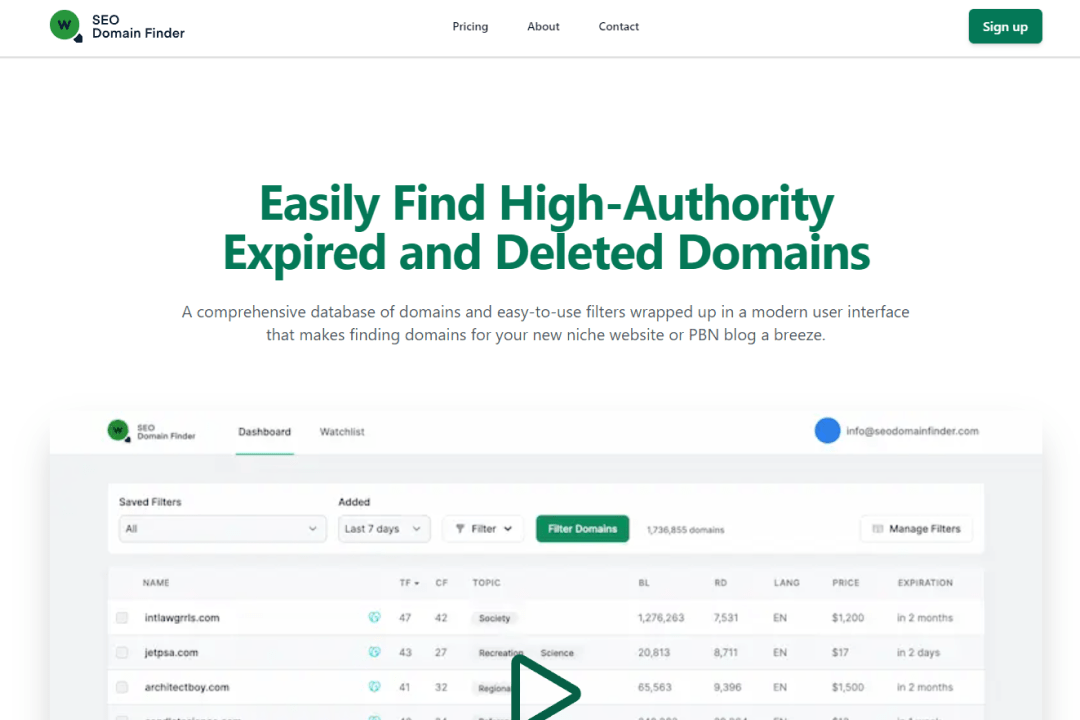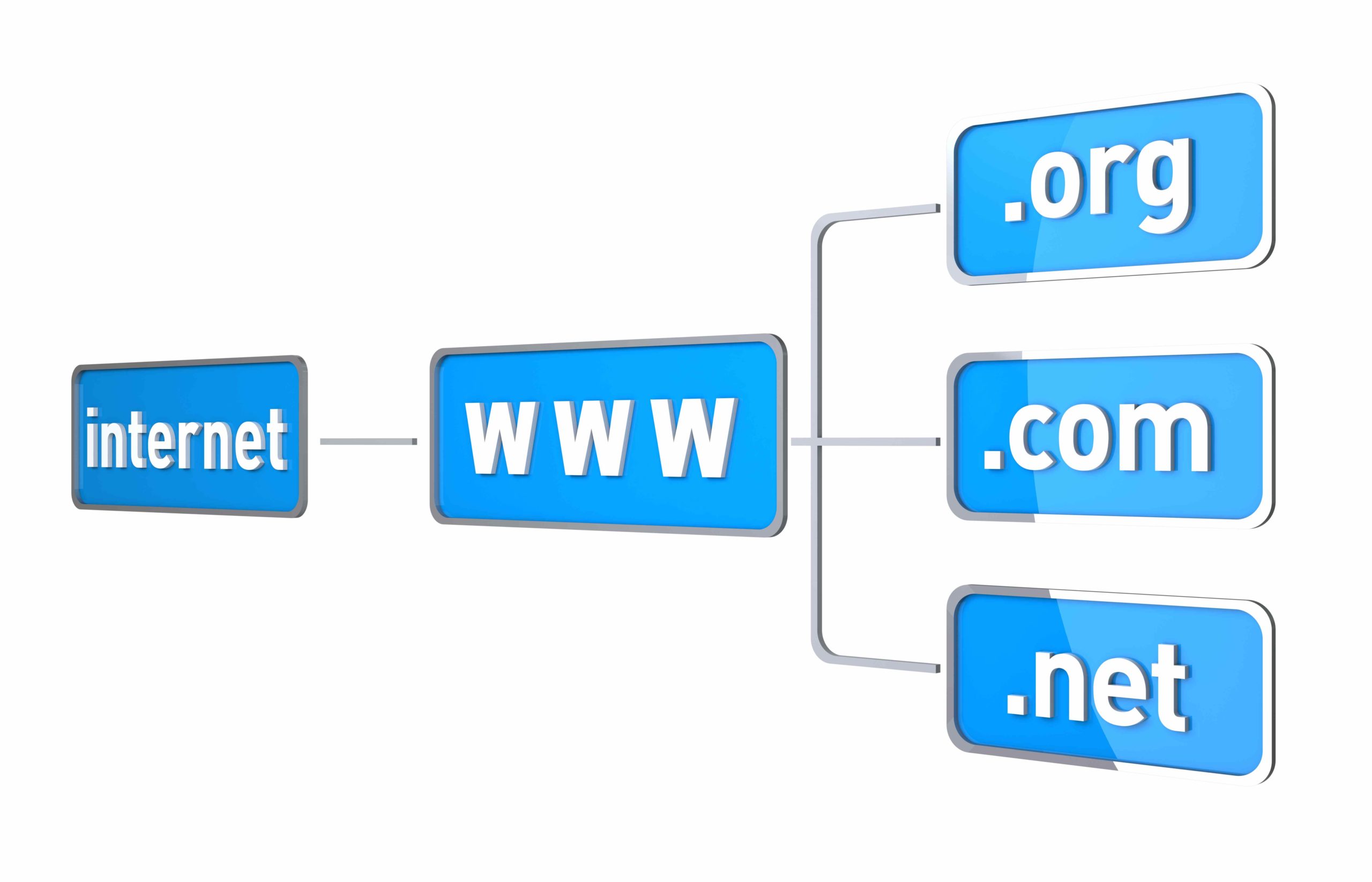
Understanding subdomains is key to better organization and management of your content and services.
In this article, we’ll break down the fundamentals of subdomains, exploring their role in optimizing your online presence.
Key Takeaways
- A subdomain name is a prefix added to a main domain, creating a different web address for a specific section or purpose within the overall website.
- Subdomains are used to separate and organize content for a specific function, such as a blog or an online store, from the rest of the website.
- Subdomains can improve the overall user experience and make it easier for visitors and search engines to navigate through your site.
- The “link juice” generated from backlinks to your main site isn’t shared between your domain and its subdomains.
Defining Subdomains
A subdomain name is a prefix added to a main domain, creating a different web address for a specific section or purpose within the overall website. It is formed by adding a word or phrase before the main domain name, separated by a period.
For example, in the subdomain “blog.example.com,” “blog” is the subdomain name, and “example.com” is the main domain.
What is a Subdomain Used For?
Subdomains are used to separate and organize content for a specific function, such as a blog or an online store, from the rest of the website. They allow website owners to manage extensive sections that require their own content hierarchy, such as online stores, blogs, job boards, or support platforms.
Subdomains can be used to create separate sections of content and services for a website without making new domain names for each part.
SEO Benefits of Subdomains
Subdomains can offer several SEO benefits when used strategically. Here are some advantages:
- Organization: Subdomains allow you to organize your website content into distinct sections or categories. This can improve the overall user experience and make it easier for visitors and search engines to navigate through your site.
- Targeting Specific Keywords: You can use subdomains to create targeted content for specific keywords or topics. This focused approach can improve the relevance and visibility of your content in search engine results pages (SERPs). Learn more about SEO and keywords here: https://quirk.biz/what-are-keywords-for-seo/
- Niche Authority: Subdomains can help grow authority in niche markets, allowing businesses to separate different functions or services into distinct subdomains. This can be useful for targeting specific audiences and proving expertise in particular areas.
- Geographical Targeting: Subdomains are useful for targeting different geographical locations. If your business operates in multiple regions, you can create subdomains tailored to each location, providing localized content and improving your visibility in local searches.
- Multilingual Content: Subdomains can host content in different languages for websites directed to a global audience. This improves user experience and helps in ranking for diverse language-specific search queries.
Subdomains or Subdirectories: Which one is better for SEO?
The choice between subdomains and subdirectories can have implications for SEO, and the decision often depends on the specific goals and structure of your website.
Search engines, including Google, view subdomains as distinct websites, requiring individual crawling and indexing efforts. It’s essential to note that the “link juice” generated from backlinks to your main site isn’t shared between your domain and its subdomains. Building page rank for keywords on a subdomain is just as challenging as doing so for an entirely separate website.
The decision to use subdomains should be purposeful. For example, they can be used to target different keywords, address specific markets, or cater to diverse locations or languages compared to your main website.
Conversely, subdirectories mean files located under your primary domain. Search engines treat subdirectories as integral parts of the same site, ensuring that “link juice” and SEO benefits are shared seamlessly between your domain and its subdirectories.
For bloggers, startups, or small businesses with limited time and resources, opting for subdirectories can speed up the website ranking process compared to using subdomains. This approach provides a more efficient strategy, particularly when resources are limited.
For more info, read our article about subdomain vs. subdirectory.
Conclusion
Subdomains are powerful tools for strategic website organization. Their ability to target keywords and tailor content makes them valuable for SEO. Remember to use subdomains intentionally, aligning them with your goals to enhance overall website performance.
Frequently Asked Questions
Are Subdomains Free?
The cost of creating a subdomain depends on your hosting plan and domain registrar. Some hosting plans may include subdomains for free, while others may charge an additional fee for creating subdomains
How to Make a Subdomain?
If you’re unsure about how to create a subdomain, check the instructions provided by your hosting company or ask their support for help. The steps can vary, so it’s always good to follow their guidance.
How Many Subdomains Can I Have With My Domain?
The number of subdomains you can have with your domain depends on your hosting plan and domain registrar. Some hosting plans may limit the number of subdomains you can create, while others may allow unlimited subdomains
You can check out this video from Google Search Central:











































































































